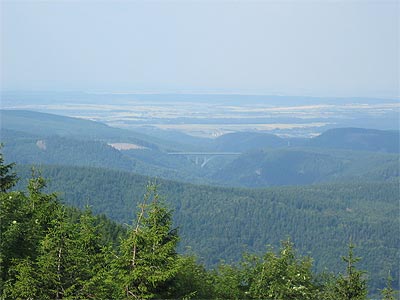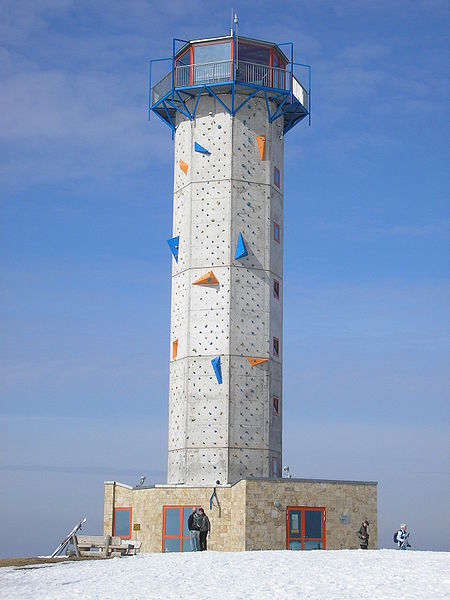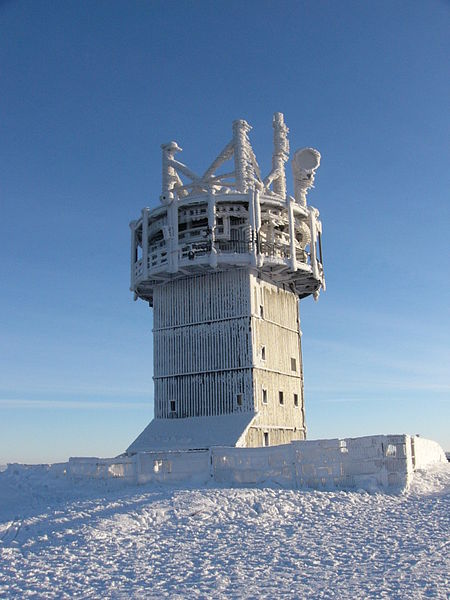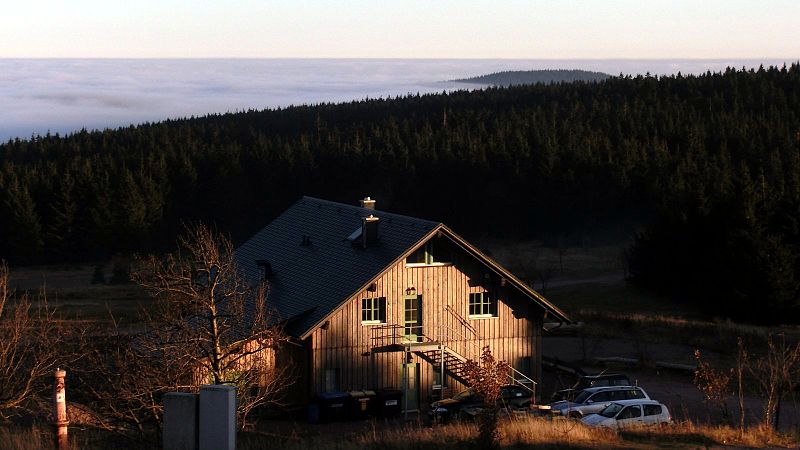Schneekopf

Facts and practical information
Rising from the heart of the Thuringian Forest, Schneekopf stands as a sentinel over central Germany. At an elevation of 978 meters, it is the second-highest peak in the Thuringian Forest and a magnet for nature enthusiasts and hikers alike.
Schneekopf, with its distinctive name that translates to 'Snow Head' in English, is an emblem of the region's natural beauty. Though it may not boast the snow-capped peaks of the Alps, its name is a nod to the snow that often blankets its summit during the winter months, offering a picturesque scene and attracting winter sports aficionados.
For those seeking to immerse themselves in the tranquility of nature, Schneekopf provides an array of trails that cater to different levels of difficulty. Visitors can enjoy the well-marked paths that wind through dense forests and open meadows, leading to the mountain's summit. The ascent rewards hikers with stunning panoramic views of the surrounding landscape, which on a clear day can extend for miles, offering a glimpse of the distant Harz mountains.
The mountain is not only a haven for hikers but also serves as a point of interest for scientific observation. A weather station sits at its peak, contributing valuable data to meteorological studies in the region.
Thuringia
Schneekopf – popular in the area (distance from the attraction)
Nearby attractions include: Kanzlersgrund, Rennsteiggarten Oberhof, Großer Beerberg, Großer Finsterberg.

















